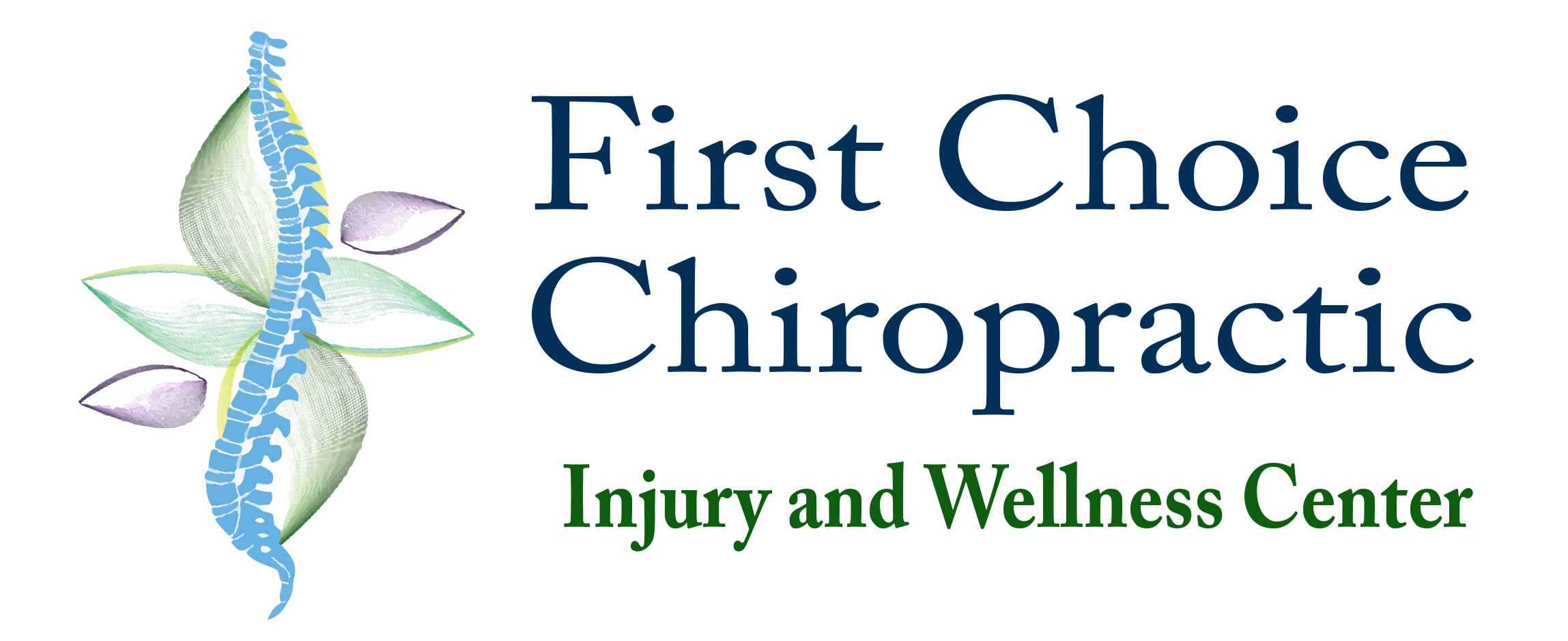Understanding Sciatica: What is it, What causes it, and When to Seek Medical Care
Sciatica is a condition characterized by radiating leg pain that originates from the back and travels down the buttock, thigh, and foot. It is caused by irritation of the sciatic nerve, which is composed of the nerve roots of L4, L5, S1, S2, and S3 and is located in the lower spine. The nerve roots exit the spine and form together, then travel into the buttock, down the back of the thigh, and split into the Tibial and Peroneal nerves at the knee level. The different components of the nerve provide feeling, strength, and reflexes to specific body parts.
The most common cause of Sciatica is nerve root irritation due to a pinched nerve. Other causes could be from a herniated disc or bone spur.
While most episodes of Sciatica resolve on their own with time, some cases may become progressively worse, leading to increased pain, weakness, and numbness. In such instances, it is advisable to seek the advice of a spinal care expert like a chiropractor who will run some tests and do some spinal manipulation to relieve your pain. Sometimes, if needed, your doctor may recommend that you get an MRI to see if you have any disc herniations or bone spurs that may be causing the Sciatica symptoms.
Relief for Sciatica Pain: Effective Exercises
In addition to chiropractic adjustments, there are exercises and stretches that can provide instant relief for Sciatica leg pain.
- Lay flat on your back next to a wall or door, with your knees bent at a 90-degree angle. Press your feet into the door, and slide your heel upward towards the ceiling to straighten the knee. Perform a sciatic nerve floss by taking your toes back towards you as much as you can, holding for three seconds, and then taking your toes away from you, again holding for three seconds. Repeat this exercise slowly for 10 to 15 repetitions.
- Perform a figure four stretch by placing the ankle of the painful side over the other side’s knee and pressing into the knee until you feel a gentle stretch in the hip, glute, and piriformis muscle.
- Hold this stretch for 20 to 30 seconds and repeat up to five times.
- Do Knee-to-chest stretches and side-to-side stretches to help loosen up the back and improve flexibility.
Applying heat to the affected area after stretching can further reduce muscle tightness and provide relief.
Optimal Sleeping Positions to Relieve Sciatica Discomfort
For individuals experiencing difficulty sleeping due to Sciatica, finding the right sleeping position is crucial. Sleeping on your stomach is the worst position as it can cause strain on the low back and neck.
Side sleeping is a common position, and using a pillow that supports the neck in a neutral position can help alleviate discomfort. Placing a small pillow between the knees will help maintain a neutral back position. The best sleeping position for individuals with Sciatica is sleeping on the back with a pillow placed under the knees to relieve pressure on the back. If these positions do not provide relief, lying flat on the floor with a pillow under the knees can be beneficial. When getting up in the morning, it is important to keep the back straight and avoid straining further.
To do this, bend the knees to the side you plan on getting up, drape them over the side of the bed, and then press up while keeping the back straight. This method reduces the likelihood of straining the back and makes it easier to get up.
Preventing Sciatica Pain
Because Sciatica is most often caused by pinched nerves in your back, keeping your body’s skeletal structure aligned is crucial to preventing pinched nerves. Not only will chiropractic adjustments help prevent pinched nerves, getting regular massages will help keep the muscles relaxed and functioning properly as well. Both are excellent preventive care and are highly recommended to keep your body functioning optimally.
When left unchecked for long periods of time, you could likely experience additional physical issues because your body will be trying to compensate for the Sciatica pain. This compensation creates a chain reaction for more compensation and additional functionality issues to deal with.
What We Can Do For Your Sciatica Pain
We are here to help and are happy to get you on our schedule and assist you back to your optimal health. We offer the following services for Sciatica Treatment:
- Chiropractic adjustments
- Decompression of the spine
- Targeted Massage
- Electric Stimulation
- Rehab Exercises and Stretches
- Laser Therapy
Give us a call today and set up your appointment.


